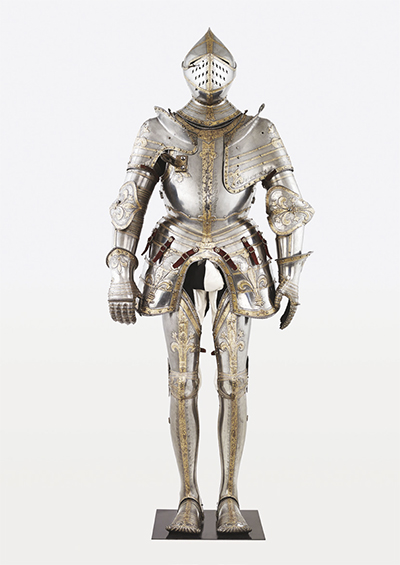Francis the first, the knight king
The knighting of Francis I at Marignano: myth or reality ?
In Les Gestes ensemble la vie du preulx chevalier Bayard (Exploits in the Life of the Valiant Knight Bayard), which was published in 1525, Symphorien Champier, a doctor from Lyon, recounts how King Francis I apparently asked his captain to dub him a knight following the victory of Marignano. The text met with great success immediately after its publication and continued to be frequently referred to over the following centuries.
Curiously, this work is not mentioned in any of the many texts written after the Battle of Marignano between 1515 and 1525. Some believe the work is an invention of the author that was intended to bolster the image of the King Francis I since European society at the beginning of the 16th century was still influenced by the chivalrous ideal. Published in November 1525, the work also appears to be a justification of the capture of the ruler at the terrible defeat of Pavia. In the text of Symphorien Champier, Bayard preaches to the King in the following terms: ‘God does not favour those who run from the battlefield’. Thus, the humiliation of captivity is, after the fact, skilfully whitewashed with bravura for posterity.
1515, Marignano: consequences and outcome of the battle
At the end of the battle, the French occupied Milan as well as Parma and Piacenza. With the duchy of Savoy and the marquisate of Saluzzo and Genoa won over to the French cause, the entire region of northern Italy came under the influence of the King of France. In 1516, Francis I signed the Concordat of Bologna with the pope as well as ‘perpetual peace’ with the Swiss cantons. This situation overturned power relations in the peninsula to the detriment of the Empire and was the harbinger of future conflicts between Francis I and Charles V.
Together with the reinforcements provided by the Venetian cavalry, the artillery played an important role on the battlefield fighting against the units of pikemen. After more than a century of experimentation and development, the canon, which was being used more and more frequently on the battlefield, transformed the art of war for a long time to come.


















